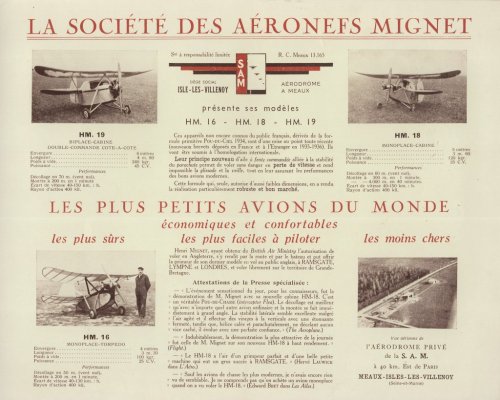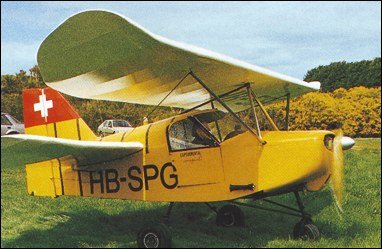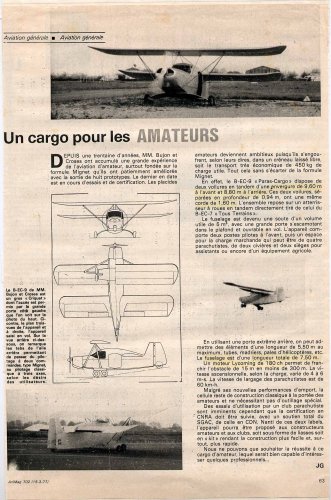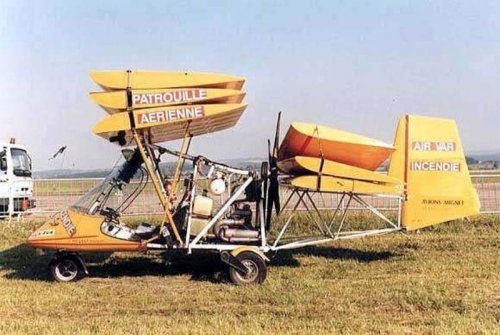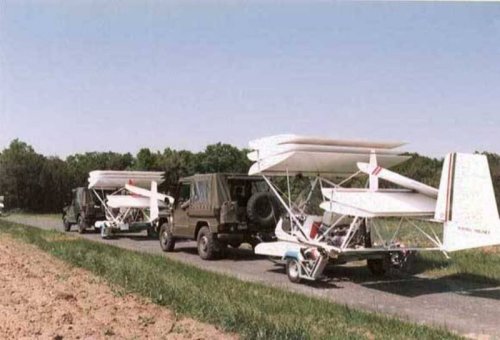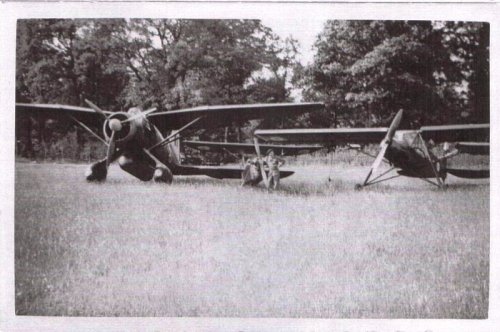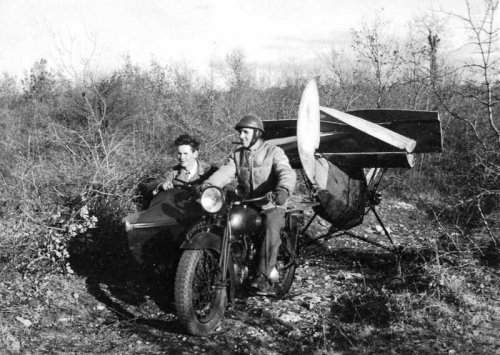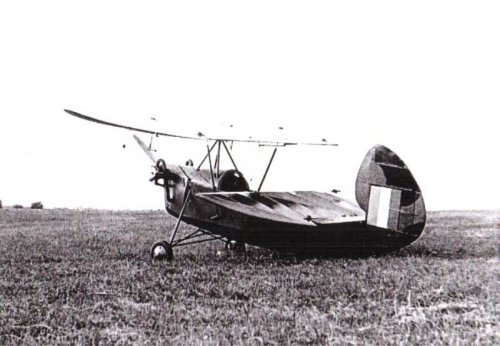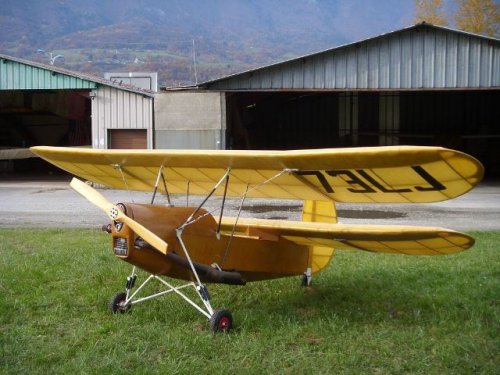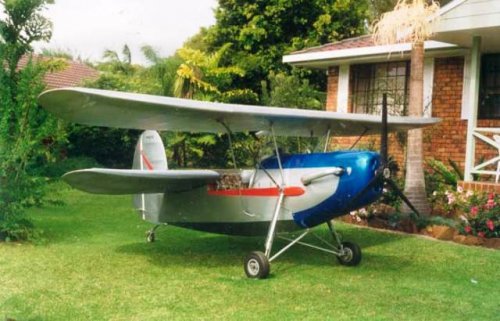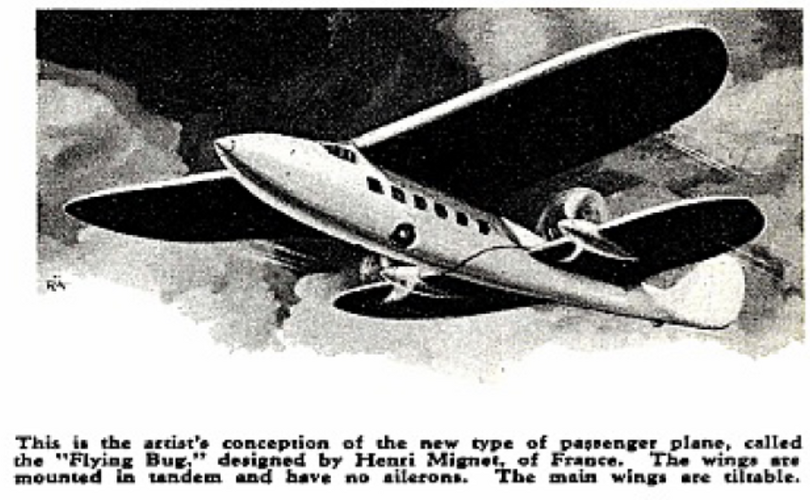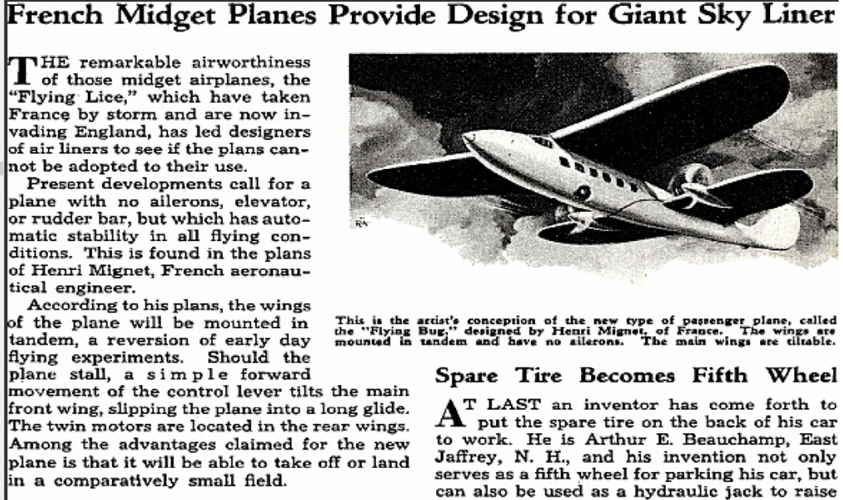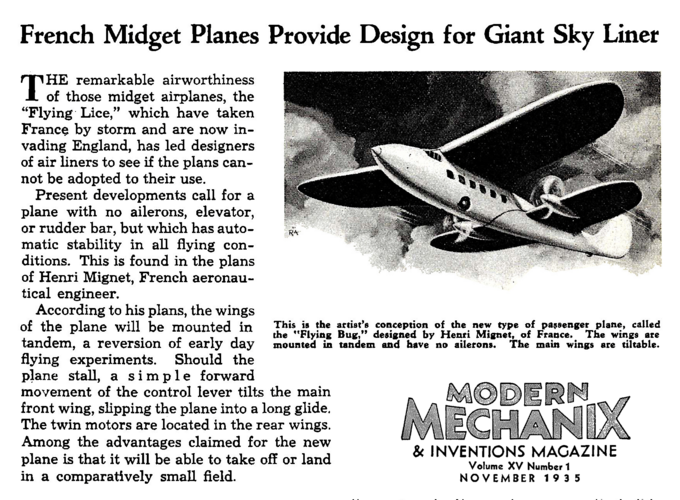Especially in France, there have been a number of amateur builders inspired by Henri Mignet's example to design their own stall-and-spin-proof two-control tandem-wing aircraft in the spirit of Mignet's Pou-du-Ciel (Flying Flea). Croses, Landray and others followed in his footsteps, and many of these homebuilts are still flying or still being built today.
Projects or prototypes that attempt to adapt the Mignet configuration to larger aircraft are few and far between, however. So, after coming across Hesham's post on "Handley Page Bulletin amazing airliner", here's my question: does anyone know of any other attempts to adapt the Flying Flea planform to anything larger or faster than a 2-4 seat light aircraft?
I know of only one, the one-off Croses Paras-Cargo light utility aircraft:

You can learn more about this very efficient little hauler at Emilen Croses's son's web site. The page is in French, but the specs are self-explanatory and there are great pics and a video clip.
So, dig around in those archives...Mignet-style fighters, bombers, cargo planes, jetliners? Let's see what you've got!
PS--I noticed an old request for an annotated designation list of Mignet designs...I'll get on that.
Projects or prototypes that attempt to adapt the Mignet configuration to larger aircraft are few and far between, however. So, after coming across Hesham's post on "Handley Page Bulletin amazing airliner", here's my question: does anyone know of any other attempts to adapt the Flying Flea planform to anything larger or faster than a 2-4 seat light aircraft?
I know of only one, the one-off Croses Paras-Cargo light utility aircraft:
You can learn more about this very efficient little hauler at Emilen Croses's son's web site. The page is in French, but the specs are self-explanatory and there are great pics and a video clip.
So, dig around in those archives...Mignet-style fighters, bombers, cargo planes, jetliners? Let's see what you've got!
PS--I noticed an old request for an annotated designation list of Mignet designs...I'll get on that.

